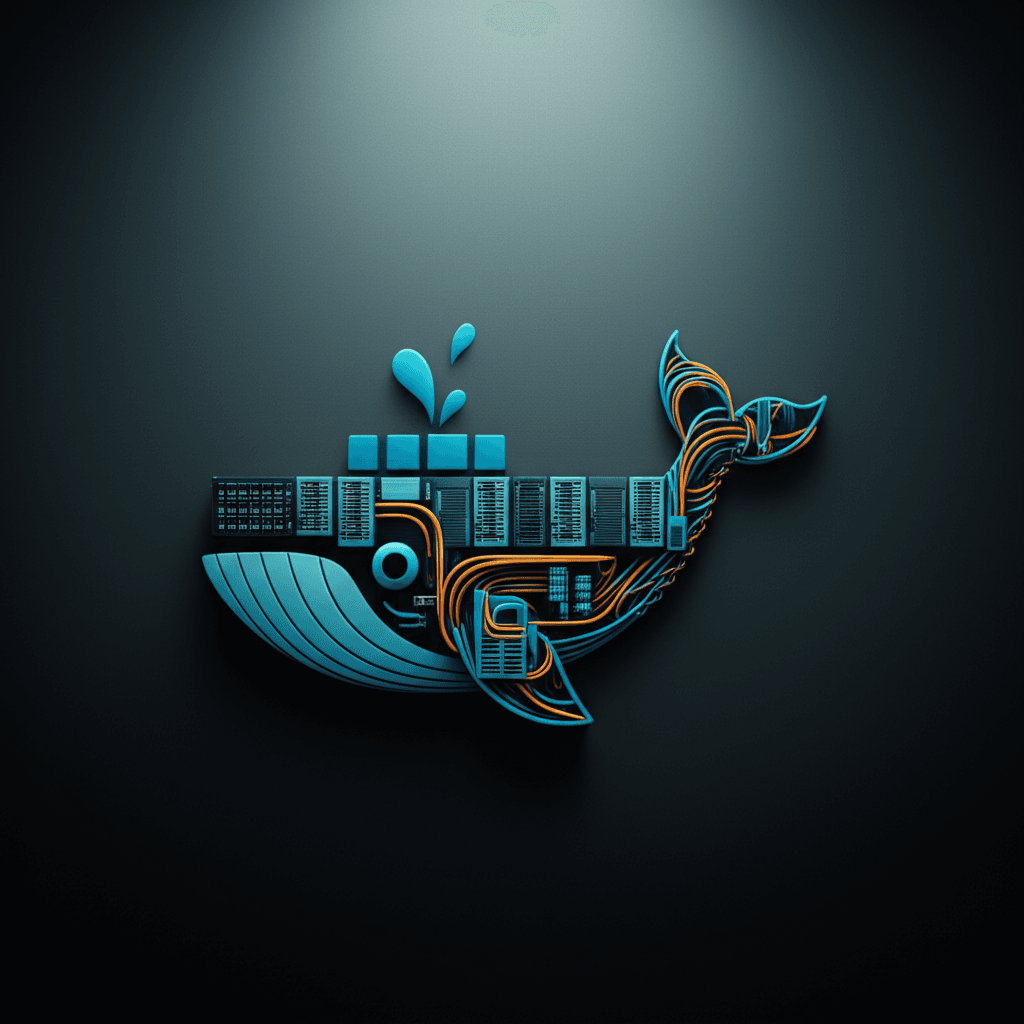Containerization revolutionized modern development workflows, and Docker stands as the undisputed leader in this domain. This comprehensive cross-platform guide walks you through installing Docker on Windows, macOS, and Linux systems while addressing common troubleshooting scenarios.
### Why Proper Docker Installation Matters
A smooth Docker installation forms the foundation for efficient container management. Whether you’re developing microservices, testing environments, or deploying applications, the setup process differs significantly across operating systems. This guide eliminates installation frustrations through clear, platform-specific instructions validated against current Docker best practices.
### System-Wide Requirements
Before installation, verify these universal prerequisites:
– **Minimum 4GB RAM** (8GB recommended for production workloads)
– **64-bit processor** with hardware virtualization support
– **Stable internet connection** for downloading packages
– **Administrator/root privileges** for system modifications
### Windows Installation: WSL 2 Integration
**System Requirements**
– Windows 10/11 Pro, Enterprise, or Education Edition
– WSL 2 enabled with Linux kernel package
– BIOS-level virtualization activated (Intel VT-x/AMD-V)
**Step-by-Step Installation**
1. **Enable WSL 2**: Run PowerShell as Administrator:
“`powershell
wsl –install
wsl –set-version Ubuntu 2
“`
2. **Download Docker Desktop**: Get the Windows installer from Docker’s official website
3. **Run Installer**: Follow prompts, ensuring “Enable WSL 2 Features” remains checked
4. **Reboot System**: Complete environment configuration
**Verification Commands**:
“`bash
docker –version
docker run hello-world
“`
You should see version information and the “Hello from Docker!” confirmation message.
**Common Windows Issues**
– **Virtualization Disabled**: Access BIOS/UEFI settings to enable VT-x/AMD-V
– **WSL Version Mismatch**: Convert distributions with `wsl –set-version 2`
– **Resource Allocation**: Increase Docker’s memory limit in Settings → Resources
### macOS Installation: Apple Silicon Considerations
**System Requirements**
– macOS Monterey (version 12) or newer
– Apple Silicon (M1/M2) or Intel processor
**Installation Process**
1. **Download Docker Desktop**: Select correct architecture (Apple Chip vs Intel)
2. **Install**: Drag application to your Applications folder
3. **Launch & Authorize**: Grant required permissions in System Preferences
4. **Configure Rosetta**: For mixed-architecture work, enable in Settings → General
**Post-Install Validation**:
“`bash
docker run –platform=linux/amd64 hello-world
docker compose version
“`
**macOS Optimization Tips**
– Adjust CPU/memory allocation in Docker Desktop preferences
– Enable VirtioFS for faster file sharing in Development Features
– Configure Kubernetes from the Docker Desktop interface if needed
### Linux Installation: Native Performance Optimizations
**Ubuntu/Debian Systems**
1. **Add Docker Repository**:
“`bash
sudo apt-get update
sudo apt-get install ca-certificates curl gnupg
sudo install -m 0755 -d /etc/apt/keyrings
curl -fsSL https://download.docker.com/linux/ubuntu/gpg | sudo gpg –dearmor -o /etc/apt/keyrings/docker.gpg
sudo chmod a+r /etc/apt/keyrings/docker.gpg
“`
2. **Configure Package Sources**:
“`bash
echo
“deb [arch=$(dpkg –print-architecture) signed-by=/etc/apt/keyrings/docker.gpg] https://download.docker.com/linux/ubuntu
$(. /etc/os-release && echo “$VERSION_CODENAME”) stable” |
sudo tee /etc/apt/sources.list.d/docker.list > /dev/null
“`
3. **Install Docker Engine**:
“`bash
sudo apt-get update
sudo apt-get install docker-ce docker-ce-cli containerd.io docker-buildx-plugin docker-compose-plugin
“`
**Post-Install Configuration**
“`bash
sudo usermod -aG docker $USER
sudo systemctl enable docker.service
sudo systemctl enable containerd.service
“`
**Alternative Linux Methods**
– **Convenience Script** (development environments only):
“`bash
curl -fsSL https://get.docker.com -o get-docker.sh
sudo sh get-docker.sh
“`
– **Podman Alternative**: For rootless container management:
“`bash
sudo apt install podman
“`
### Validating Your Installation
Run these diagnostic commands across all platforms:
“`bash
docker version –format ‘Client: {{.Client.Version}} Server: {{.Server.Version}}’
docker info | grep -E ‘Containers|Images|Storage’
docker run -it –rm alpine echo “Containerization Success!”
“`
### Troubleshooting Toolkit
1. **Port Conflicts**:
“`bash
sudo netstat -tulpn | grep :
“`
2. **Storage Cleanup**:
“`bash
docker system prune –volumes –all
“`
3. **Daemon Logs Inspection**:
“`bash
journalctl -u docker.service -b
“`
### Next Steps After Installation
1. Configure Docker to start on system boot
2. Implement security best practices (user namespace remapping)
3. Explore Docker Extensions marketplace for development tools
4. Set up volume persistence for production deployments
### Platform-Specific Recommendations
– **Windows**: Use VS Code Docker extension with WSL 2 for seamless workflows
– **macOS**: Leverage Docker Scout for vulnerability scanning on Apple Silicon
– **Linux**: Implement cgroups v2 resource constraints in production environments
### Frequently Asked Questions
**Q: Can I run Docker without administrator privileges?**
A: On Linux, configure rootless mode with `dockerd-rootless-setuptool.sh install`. Windows/macOS require admin rights during installation.
**Q: Why does Docker Desktop require a subscription?**
A: Commercial use in large enterprises requires paid licensing. Individual developers and small teams can use Docker Desktop freely.
**Q: How do containers differ from virtual machines?**
A: Containers share the host OS kernel while VMs require hypervisors and full OS installations, making containers lighter and faster.
With Docker properly installed, you’re ready to explore container orchestration, continuous integration pipelines, and cloud-native development patterns. The cross-platform compatibility demonstrated in this guide ensures consistent environments across development teams—a critical advantage in modern software engineering workflows.

Leave a Reply